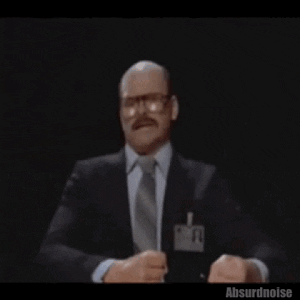Sounds good. Only comment, WD40 is neither a lubricant nor a rust preventative. Designed as a Water Dispersant, very good for cleaning stuff, even (to a limited extent) for removing rust, but shouldn't be left as a final layer. When dry, it will attract dirt and moisture that will cause rust long term.
I wouldn't panic about what you've done, though, the rear assembly is pretty bomb-proof. I'm sure it will survive until your next tyre change.
Final point, if I were you, I'd make sure the wheel speed sensor isn't seized. It can (and does) happen, particularly the front. It's preferable to take off the front one when removing the front wheel, but not essential, so if it won't budge, don't worry too much. Just a little easier if it will come out.




